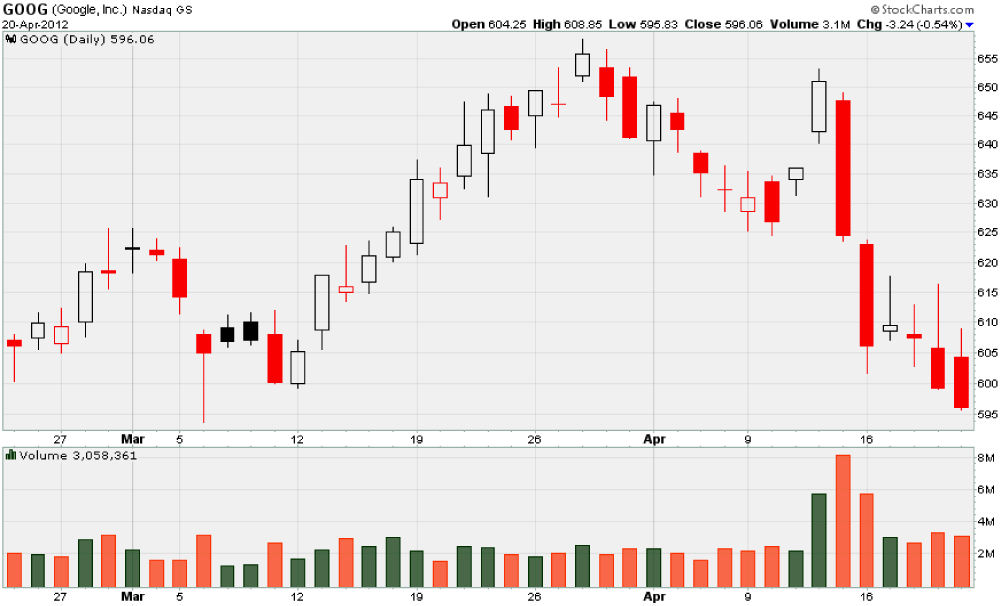Signal Theory and Earnings Surprise
Post on: 11 Август, 2015 No Comment

There is a large body of research on the return pattern around and after earnings announcement. Most studies conclude that a surprise in the earnings announcement leads to abnormal returns in the period following the announcement. This period is most often the trading days from the day after the announcement up to a couple of months after the announcement. In the academic literature the abnormal return pattern is called post-earnings-announcement drift. The drift is in general positive for positive earning announcement surprises and negative for negative earnings announcement surprises. Therefore, studies claim that investors under — react to the information embedded in the earnings surprise. If investors would incorporate the information fully at the time of the announcement, no post announcement drift pattern should appear.
From earliest works of Ball and Brown (1968), numerous studies have been done on delays on a firm��s price responses to earnings announcement. However, specific studies on investor��s reaction appear in Bernard and Thomas ��s seminal study (1989). which provides some explanation to the problem. Investors fail to understand the characteristics of the serial correlation in earnings. They prove that investor reliance on a nave seasonal random walk earnings forecasting model provides some explanation for the post announcement drift. For the decile of stocks with the most negative surprise, they find an abnormal return of -2% up to 60 days after the announcement.
Mikhail, Walther and Willis (2002) find that the significance of the drift decreases with the aggregate experience level of the security analysts that cover the stock. Relating this to Bernard and Thomas, it could be argued that more experienced analysts understand the implication of the current earning on future earning to a higher degree than less experienced analysts.
Bernhard and Thomas also found a size effect in the drift. A smaller market capitalization leads to more significant drift. Controlling for this and other effects, Mikhail, Walther and Willis found that the effect from analyst experience was persistent.
Research has also been conducted on other announcement patterns. Bulkley and Herrias (2002) investigated the returns subsequent to profit warnings. They found no evidence of abnormal returns after the initial reaction.
Kvist and berg (2002) make use of the reliability theorem to explain and predict stock price reactions around profit warnings. The theorem states that investors will overstate the value of information with relatively low reliability while understating information with relatively high reliability. In their sample of Swedish stocks they find that most profit warnings leads to investor under reactions. They also find that proxies for information reliability can predict the return pattern subsequent to a profit warning to some extent. Due to the similarity between profit warnings and earnings announcement surprises, their findings is in line with the research on post-earnings-announcement drift.
The post-earnings-announcement drift is intriguing since it is one of the few persistent market anomalies that researchers have not been able to attribute to solely inadequate risk adjustment. In fact, Fama called the post-earnings-announcement drift the ��Granddaddy�� of market anomalies.
To our knowledge, there has been no academic study that investigates the entire shape of the return pattern around earnings announcements. Making use of signal theory we can characterize the return pattern around earnings announcement surprises by six parameters.














